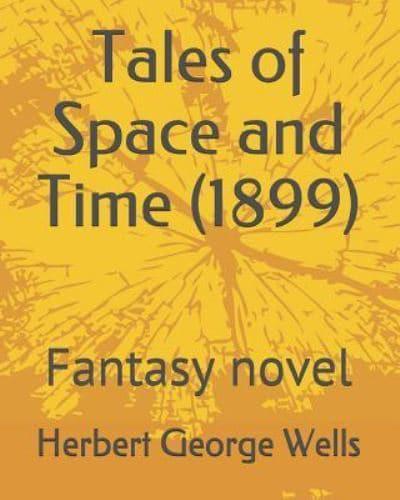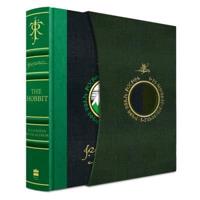Publisher's Synopsis
Herbert George Wells (21 September 1866 - 13 August 1946) was an English writer. He was prolific in many genres, writing dozens of novels, short stories, and works of social commentary, satire, biography, and autobiography, including even two books on war games. He is now best remembered for his science fiction novels and is often called a "father of science fiction", along with Jules Verne and Hugo Gernsback.During his own lifetime, however, he was most prominent as a forward-looking, even prophetic social critic who devoted his literary talents to the development of a progressive vision on a global scale. A futurist, he wrote a number of utopian works and foresaw the advent of aircraft, tanks, space travel, nuclear weapons, satellite television and something resembling the World Wide Web. His science fiction imagined time travel, alien invasion, invisibility, and biological engineering. Brian Aldiss referred to Wells as the "Shakespeare of science fiction". His most notable science fiction works include The Time Machine (1895), The Island of Doctor Moreau (1896), The Invisible Man (1897), The War of the Worlds (1898) and The War in the Air (1907). He was nominated for the Nobel Prize in Literature four times.Wells's earliest specialised training was in biology, and his thinking on ethical matters took place in a specifically and fundamentally Darwinian context. He was also from an early date an outspoken socialist, often (but not always, as at the beginning of the First World War) sympathising with pacifist views. His later works became increasingly political and didactic, and he wrote little science fiction, while he sometimes indicated on official documents that his profession was that of journalist.Novels such as Kipps and The History of Mr Polly, which describe lower-middle-class life, led to the suggestion that he was a worthy successor to Charles Dickens, but Wells described a range of social strata and even attempted, in Tono-Bungay (1909), a diagnosis of English society as a whole. A diabetic, Wells co-founded the charity The Diabetic Association (known today as Diabetes UK) in 1934. ................Tales of Space and Time is a fantasy and science fiction collection of three short stories and two novellas written by the English author H. G. Wells between 1897 and 1898. It was first published by Doubleday & McClure Co. in 1899. All the stories had first been published in various monthly periodicals and this was the first volume to collect these stories. ContentsThese are the stories contained in this collection showing the periodicals in which they were first published. "The Crystal Egg" (short story, The New Review, May 1897) "The Star" (short story, The Graphic, December 1897) "A Story of the Stone Age" (novella, The Idler, May-September 1897) comprising: "Ugh-Lomi and Uya" "The Cave Bear" "The First Horseman" "Uya the Lion" "The Fight in the Lion's Thicket" "A Story of the Days to Come" (novella, The Pall Mall Magazine, June-October 1899) comprising: "The Cure for Love" "The Vacant Country" "The Ways of the City"








